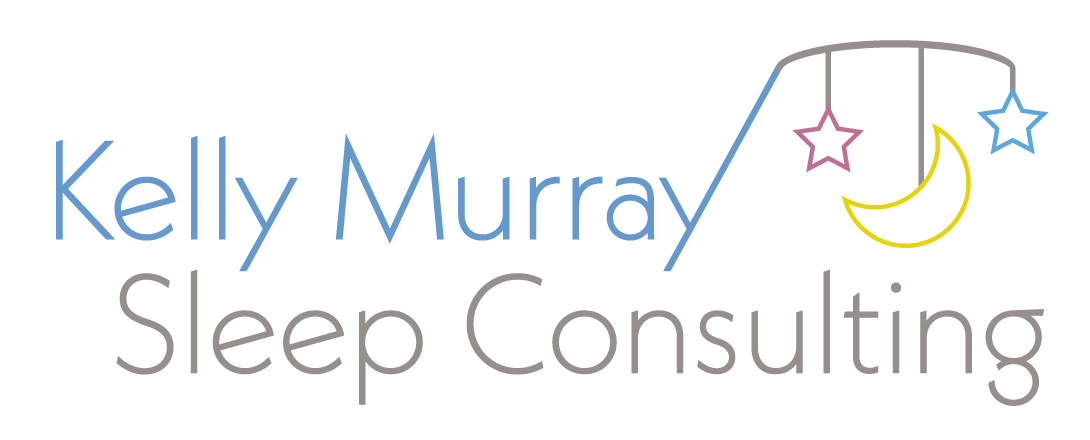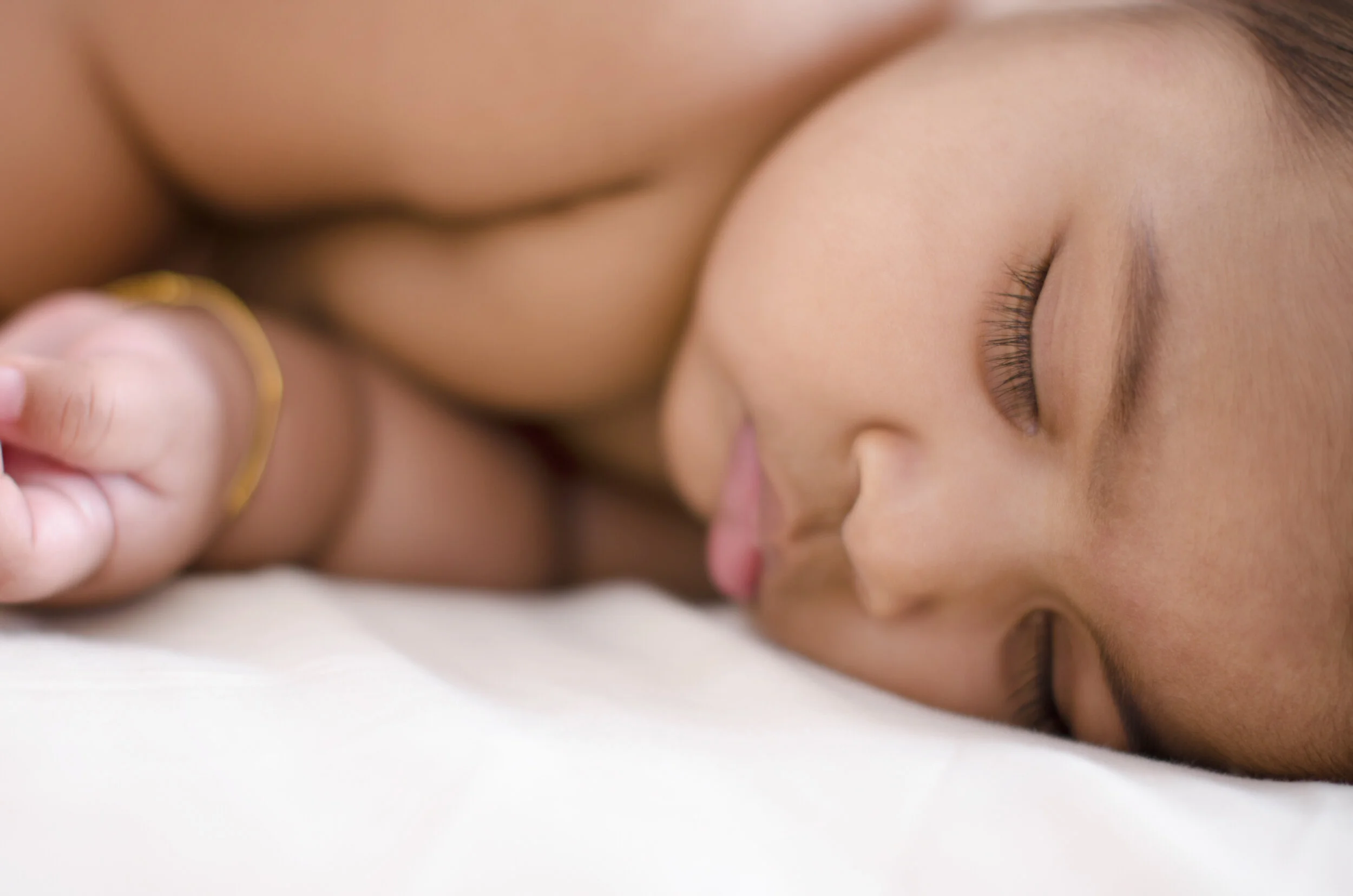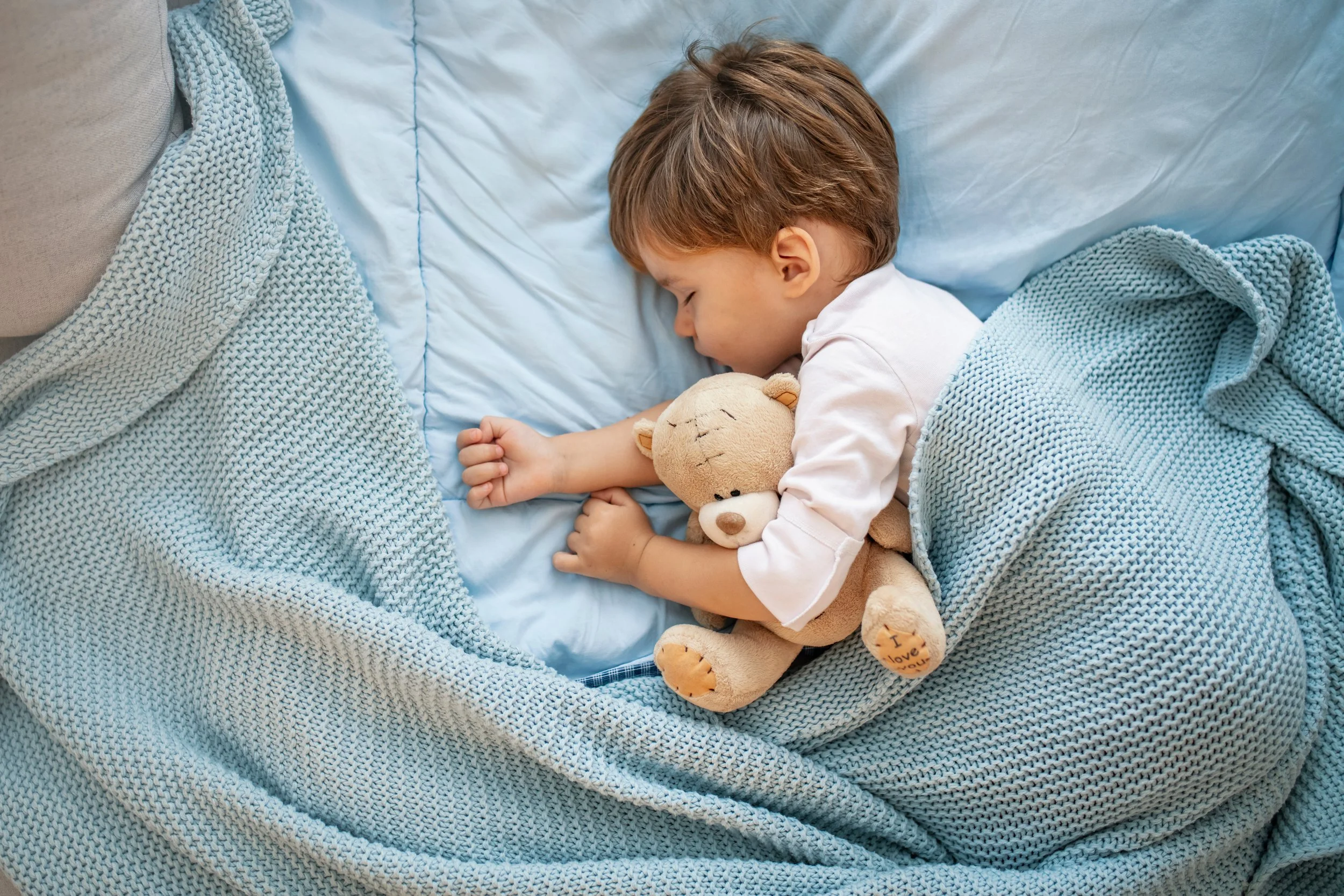I recently surveyed my Instagram audience for topics that they wanted to learn more about and one mama suggested I explain why it's so hard for an overtired baby to fall asleep and stay asleep.
I completely understand why she would like to learn more because it can be pretty confusing, considering that as adults, typically sleep better when tired. The opposite is true with our children.
That's because children are more sensitive to overtiredness than adults are. It’s actually unnatural for humans not to sleep when we're tired. When we restrict ourselves from sleeping when we’re tired, our bodies assume there must be some sort of danger. With their extra sensitivity, our little ones’ bodies enter a fight-or-flight state when this happens.
In this state, the body starts producing cortisol, which is the stimulating “alert” hormone. Back in the “caveman days”, this hormone would allow the body to have enough energy to “flee the scene” from whatever threat is present. But as there is no threat present, there is nowhere for this cortisol to be turned into energy to go! So cortisol — the hormone responsible for keeping us awake — gets bottled up in our kiddos’ bodies and it takes a while to process. With this accumulation of cortisol working through the system, it makes it much harder for our kiddos to fall asleep and stay asleep.
Night Wakings
With an overtired child, you're typically going to see that it will take longer for them to fall asleep. Then, the intermittent wake-ups in-between sleep cycles may take a turn for the worse.
It Affects Sleep Cycles
The thing about sleep cycles is that 1) we all experience them, 2) we all wake up briefly in-between them, and 3) we typically don’t remember the intermittent wake-up because of how brief it is and we’ve learned how to string our sleep cycles together (in other words, we are sleep trained!). For an overtired child, however, the brief wake-up in-between each sleep cycle is going to feel much more significant than just a toss or turn in the night.
Some kids might be able to sleep through the night even though they're overtired. But typically what I see, then, is that they end up waking early. The reason for this is because any extra cortisol in their system will compound early in the morning. Our bodies naturally start producing cortisol early in the morning to prepare for wake-up. So for an overtired kiddo, any extra cortisol accumulated from pushing their sleep limit is now compounded with the natural morning production, making them ready to rise around 4:35/5:00 AM.
Try Moving Bedtime
If you suspect your child is waking up early because they're overtired, I would suggest moving their bedtime up by about 30-60 minutes and see if that makes a difference. Be sure you give it a few days because they might be carrying around a little bit of a sleep deficit. So until they work that off, their body's going to continue to produce that extra cortisol.
Naps
The cortisol effect makes naps more challenging. Naps are difficult to begin with because during the day, there's an absence of melatonin in your child’s system.
Absence of Melatonin
Melatonin is the yin to cortisol’s yang. It’s the other hormone our bodies produce to regulate our sleep and awake cycles and it’s known as the “sleepy” hormone. It’s also sometimes called the “Dracula” of hormones because our bodies only produce it in darkness (at night). The only reason why children nap during the day (when they have an absence of melatonin) is because of the system known as “sleep pressure”.
How it Affects Sleep Pressure
Sleep pressure is the effect from a chemical called adenosine. Our bodies produce adenosine while we're awake. When adenosine attaches to neurons in our brains, it makes us sleepy. As we sleep, our body rids itself of the adenosine and prepares to repeat the cycle all over again. So during the day when there's no melatonin, we're just banking on adenosine for our kiddos to nap well.
Use Wake Windows
If your child’s body is producing cortisol because you're waiting too long to put them down, then it’s going to be harder for them to fall asleep and they’ll likely take a short nap — about a 30-45 minute nap, because that is the length of a sleep cycle for a child. I recommend following your baby's recommended wake windows for their age range.
How Wake Windows Work
Use the shorter end of the wake window in the morning after wake-up, before the first nap.
If that first nap is a good nap (a good nap in my book is anything over an hour), then you can increase the next wake window to the longer end.
Follow that rule of thumb for the remainder of the day, even before bedtime.
Also Look For Sleep Cues
Now, I don’t recommend relying solely on wake windows. You also want to watch your kiddo. Every kiddo is different, and you know your child best. So watch them for their sleep cues.
The best time to put your child down is when they're exhibiting what I call Stage 1 Sleep Cues:
Disinterested in activities
Averting their eye contact
Turning their head
They have that dazed but confused look in their eyes
It’s a perfect time to put your child down for a nap. That said, if they start showing those signs about a half hour before the wake window expires, try changing up activities first because your child may actually just be bored! Or give them a little boost of energy — if they're eating solids, give a little bit of fruit puree. Taking them by a window for a little extra dose of sunlight will help, too, as sunlight actually produces cortisol. We have little receptors in our eyes that, when they detect sunlight, tell our body to produce cortisol. Although I know we don’t want excessive cortisol which is caused by overtiredness, it is ok to get a bit of a natural cortisol boost through the sun.
If those techniques those don't work to keep your child awake until the wake window expires, then your child is definitely ready for a nap. Go ahead and put your child down.
Your child is definitely ready for a nap if they exhibit Stage 2 Sleep Cues:
Yawning
Rubbing eyes
Go ahead and put your child down for a nap at this stage.
You know you’ve extended your child too long if they exhibit these Stage 3 Sleep Cues:
Falling asleep
Crying
Arching back
The next time you put your kiddo down for a nap, you’ll want to shorten the next wake window.
Send Me a DM
I hope this helps explain why overtiredness leads to sleep issues. My goal is for you to have the tools you need to help your child get the rest they need to feel and be their best.
If you have any questions about this information, please feel free to send me a DM on my Instagram @kellymurraysleep.
All team members have completed in-person Sleep Sense Training and the Kelly Murray Sleep mentorship program. Kelly continues to support, guide and oversee the Sleep Squad as they work with the families who trust in us. That way, all clients will experience the same amazing results (and lots and lots of sleep) regardless of who supports them.
Sweet Dreams
Kelly Murray is a certified sleep coach and an award-winning pediatric sleep consultant based in Chicago offering sleep coaching services nationwide.










